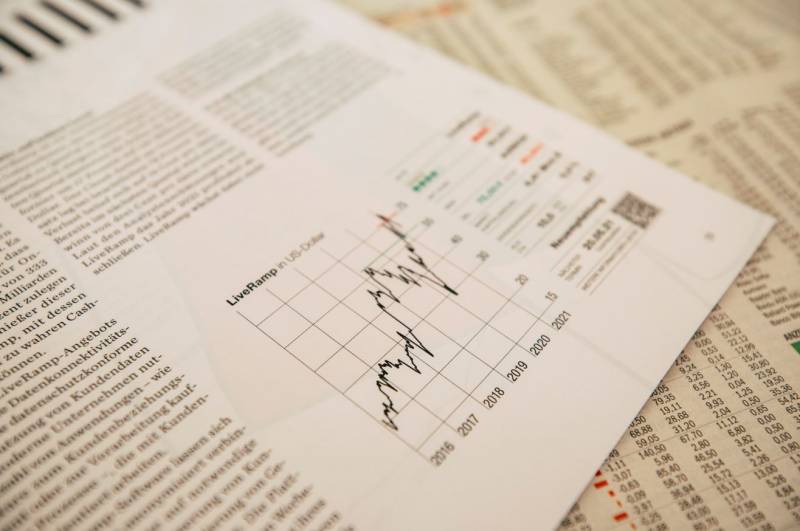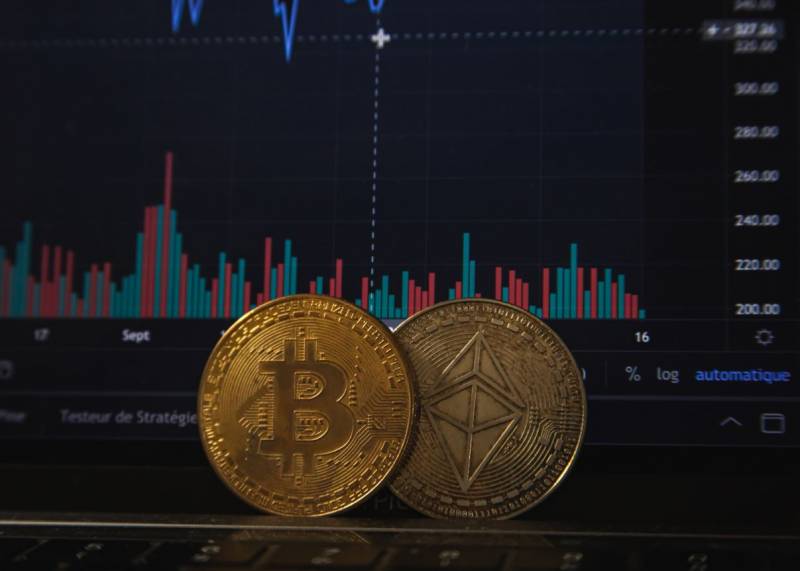article_detail
Forecast for the Spanish economy in 2023
In the second half of 2022, the Spanish economy experienced a significant slowdown; find out what will happen in 2023

In the second half of 2022, the Spanish economy experienced a significant slowdown. Businesses and individuals have developed a cautious sense of confidence as a result of the significant decline in energy costs and moderating inflation; however, the recovery is expected to be slow in 2023. As a consequence of the announcement of further rate hikes by the European Central Bank, foreign exchange market conditions will become even tighter. Consumption will remain under pressure as a result of inflationary pressures, which will further erode consumer purchasing power.
On the other hand, Spain is expected to fare better than other euro area nations in 2023 thanks to its dependence on the services sector and the continued recovery of the tourism sector.
The implementation of the Next Generation EU (NGEU) funding will also contribute favourably to growth rates in 2023. Inflationary pressures are expected to remain high for the foreseeable future, with core inflation reaching a new all-time high of 7% in December 2022. The annual rate of inflation is forecast to average 3.7% in 2023. Despite a poor start to 2023, Spain's GDP is forecast to increase by 2%. Investment, exports of non-tourism products and services, as well as tourism, are expected to drive growth through the third quarter.
Slow recovery expected
Although energy costs and inflation have declined, a rapid recovery of the Spanish economy is not expected. Following the European Central Bank’s announcement of further interest rate hikes in 2023, conditions are expected to tighten. In addition, inflationary pressures will continue to erode consumer purchasing power, which will keep the consumer market under pressure. Borrowers in Spain will experience additional financial stress as a result of rising interest rates on their mortgages.
Spain is expected to outperform other eurozone countries in 2023
 Spain is expected to do better than other Eurozone nations in 2023, due to the country’s reliance on the services sector and the continued recovery of the tourism industry. The number of tourists from other countries is expected to increase steadily and exceed pre-crisis levels in the summer. The implementation of the Next Generation EU (NGEU) funding will also make a favourable contribution to growth rates in 2023.
Spain is expected to do better than other Eurozone nations in 2023, due to the country’s reliance on the services sector and the continued recovery of the tourism industry. The number of tourists from other countries is expected to increase steadily and exceed pre-crisis levels in the summer. The implementation of the Next Generation EU (NGEU) funding will also make a favourable contribution to growth rates in 2023.Underlying inflationary pressures remain elevated
The headline inflation rate may have declined, but underlying inflationary pressures remain substantial. In December 2022, the underlying inflation rate reached a new all-time high of 7%. Inflation is expected to average 3.7% in 2023. In 2023, final food prices are expected to continue to reflect the impact of rising labour and energy costs.
Spain’s economy is expected to grow slowly in 2023
 Spain’s GDP is expected to grow by 2% in 2023. Although investment, goods and non-tourism services exports, along with tourism, are expected to drive growth through the third quarter, growth is expected to slow significantly as a result of headwinds related to inflation, high energy prices, geopolitics and tighter monetary policy. Sustained high inflation is expected to have a dampening effect on consumer purchasing power as well as on real consumption.
Spain’s GDP is expected to grow by 2% in 2023. Although investment, goods and non-tourism services exports, along with tourism, are expected to drive growth through the third quarter, growth is expected to slow significantly as a result of headwinds related to inflation, high energy prices, geopolitics and tighter monetary policy. Sustained high inflation is expected to have a dampening effect on consumer purchasing power as well as on real consumption.Conclusion
In conclusion, the Spanish economy went through a period of rapid slowdown during the second half of 2022, and the recovery is expected to be very gradual throughout 2023. Economic activity this year will be weighed down by the European Central Bank’s (ECB) announcement of further interest rate hikes and higher mortgage rates, while inflationary pressures will continue to dampen consumers’ spending power. In contrast, the Spanish economy, which is heavily dependent on the services sector and is experiencing a rebound in the tourism sector, is expected to outperform the economies of the other euro area countries.
The distribution of next generation EU funds will also have a beneficial effect on growth rates in 2023. It is of utmost importance to monitor underlying inflationary pressures, which remain significant and have the potential to reduce household purchasing power as well as real spending in the future. Although the Spanish economy as a whole is very likely to experience headwinds, there are still prospects for development and progress in some sectors.
Images: Unsplash
Contact Spanish News Today: Editorial 966 260 896 /
Office 968 018 268




















